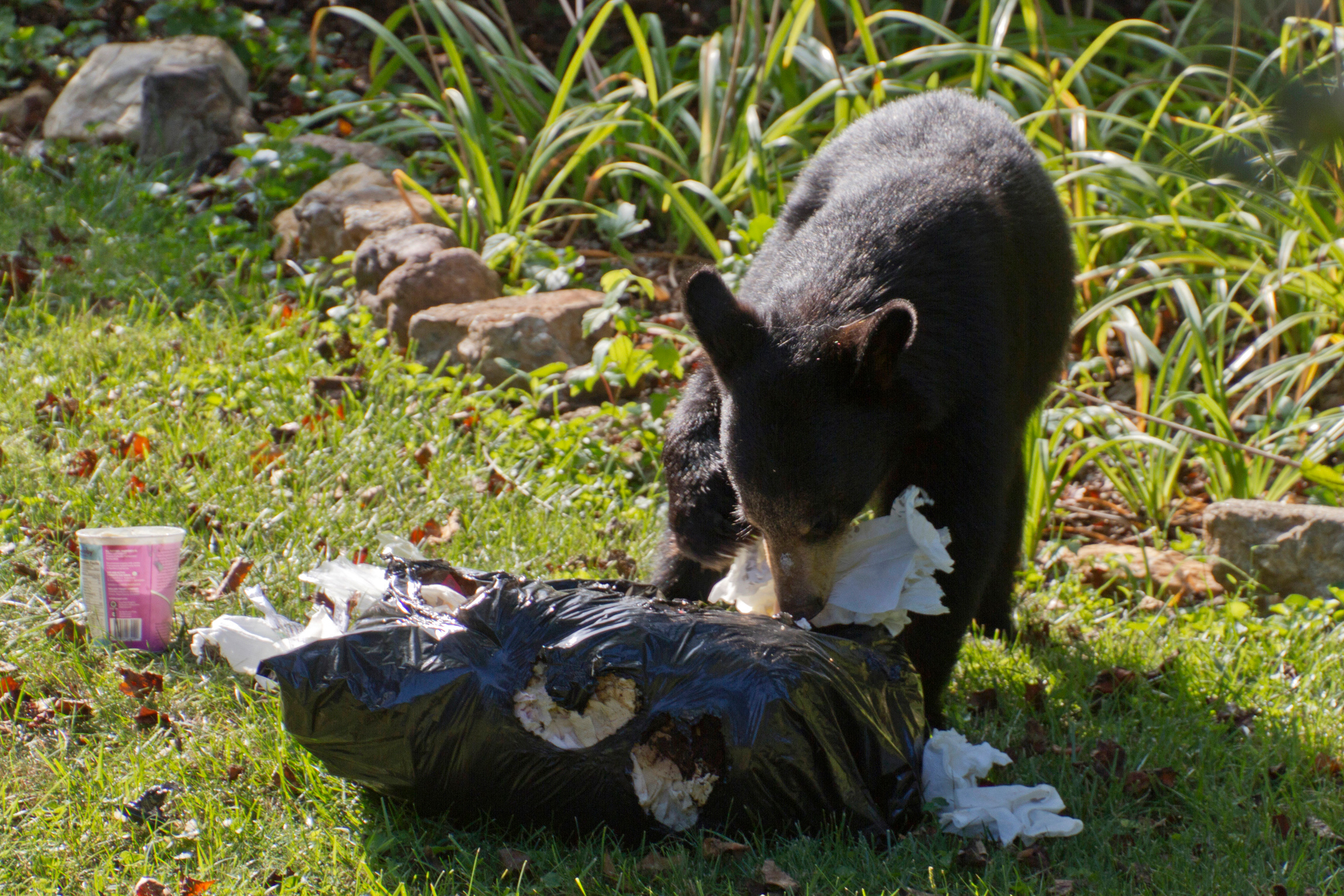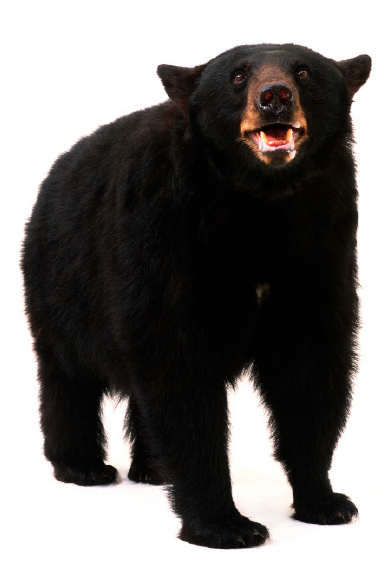These Black Bears Choose Suburbia

UConn wildlife biologists tracking Connecticut's growing black bear population say housing density is the most significant factor influencing where the bears are choosing to live and roam. New data shows that the state's black bear population is highest in the state's outermost suburbs. These exurban areas are attractive to bears because they provide both the refuge of large hardwood forests and a scattering of homes just dense enough that a tasty snack from a garbage can or backyard bird feeder is only a short distance away. The highest concentrations of bears are in areas where housing density is between 2 and 20 homes per square mile, researchers found.
"With low-density housing, we are actually creating a habitat that bears are using," says Tracy Rittenhouse, an assistant professor of wildlife ecology in UConn's Department of Natural Resources and the Environment. As lead scientist on the study, Rittenhouse spent four years gathering and analyzing black bear data with Ph.D. student Mike Evans and wildlife biologists from Connecticut's Department of Energy and Environmental Protection.
The results were a little surprising. Most existing research about American black bears indicates they prefer rural areas, and it's the amount of forest in those regions that determines the bear population density. But that literature is generated largely in western states like Colorado and Wyoming. This new information shows that Connecticut bears — and likely bears throughout the more heavily populated Northeast — are different. They are adjusting to living in a habitat shared with humans.
Looking at the study results, the vast majority of the Nutmeg State is bear habitat, says Rittenhouse. "The bear population is expanding, essentially moving south and east from the north and west," Rittenhouse says. "People generally think that there are enough people along the coast that the bear population won't expand that far, but our models indicate there is enough forest for the bear population to extend all the way to the coast."—COLIN POITRAS '85 (CLAS)


Leave a Reply